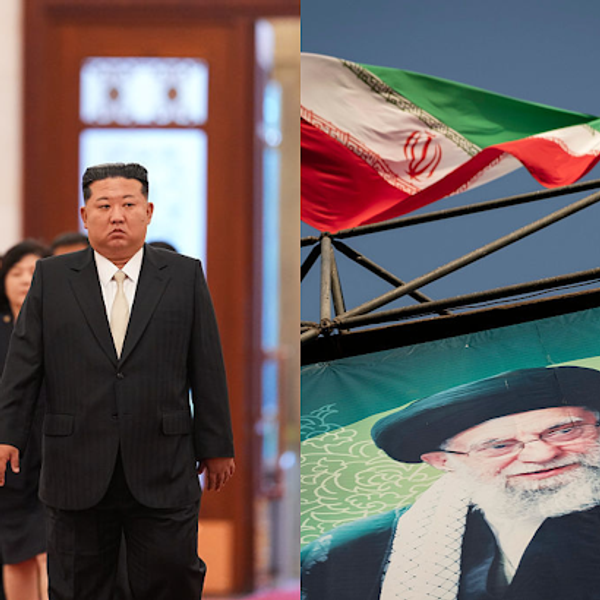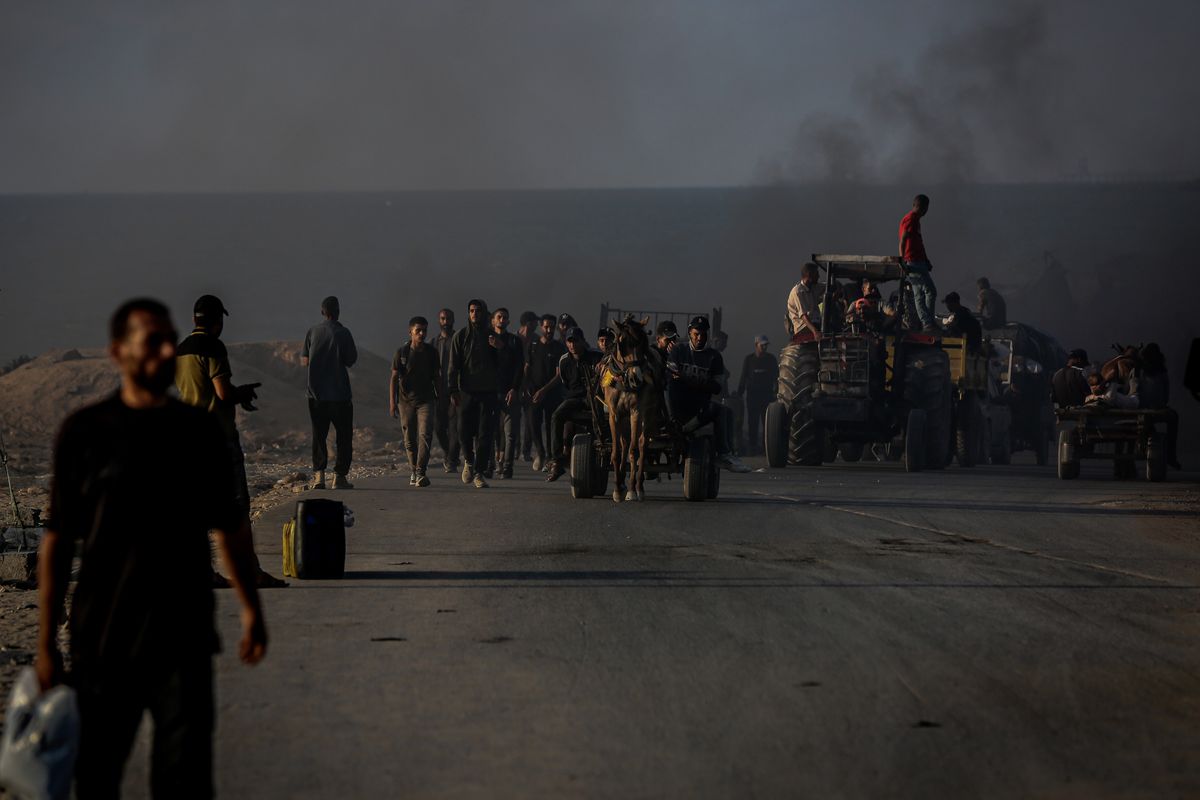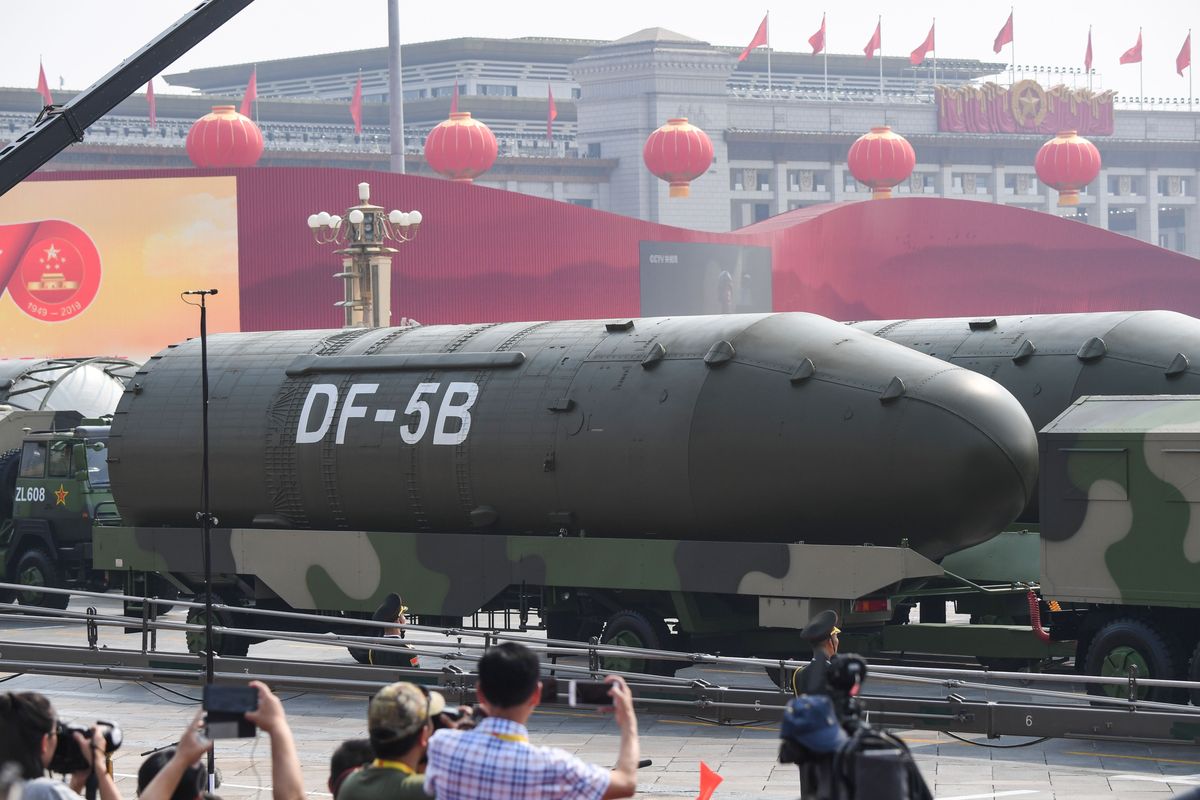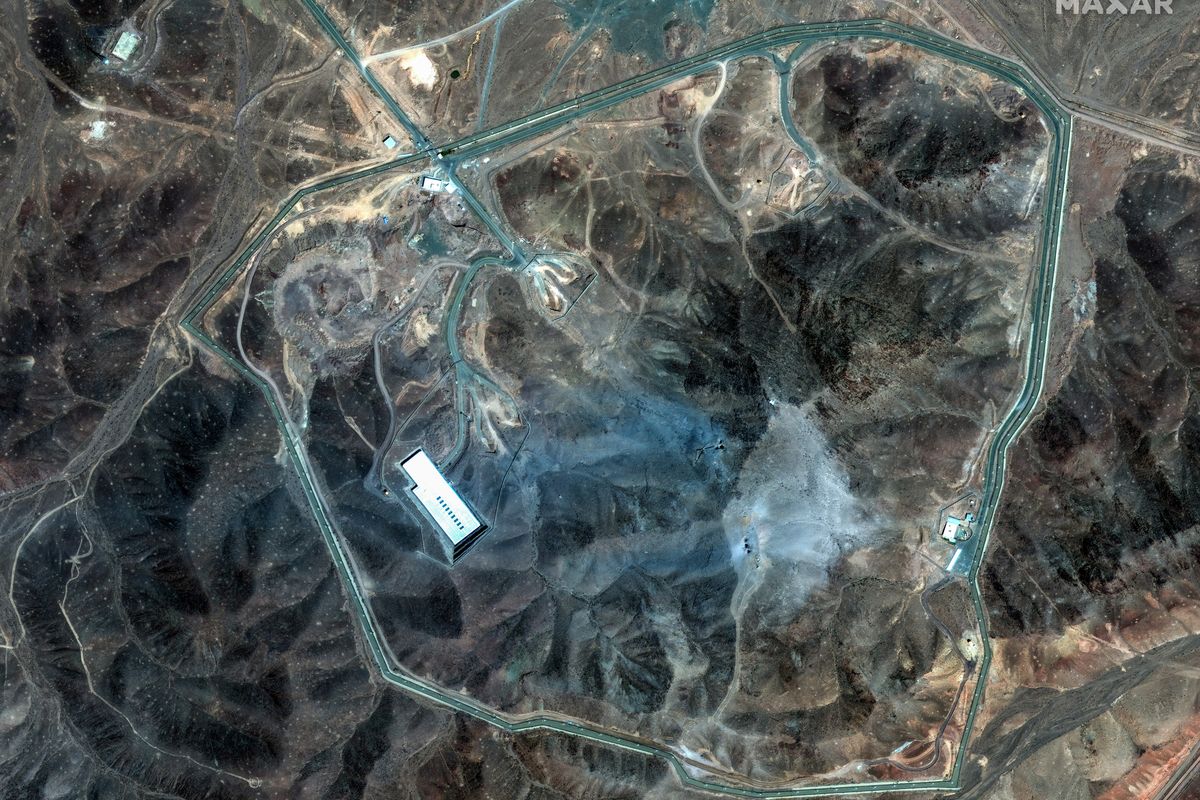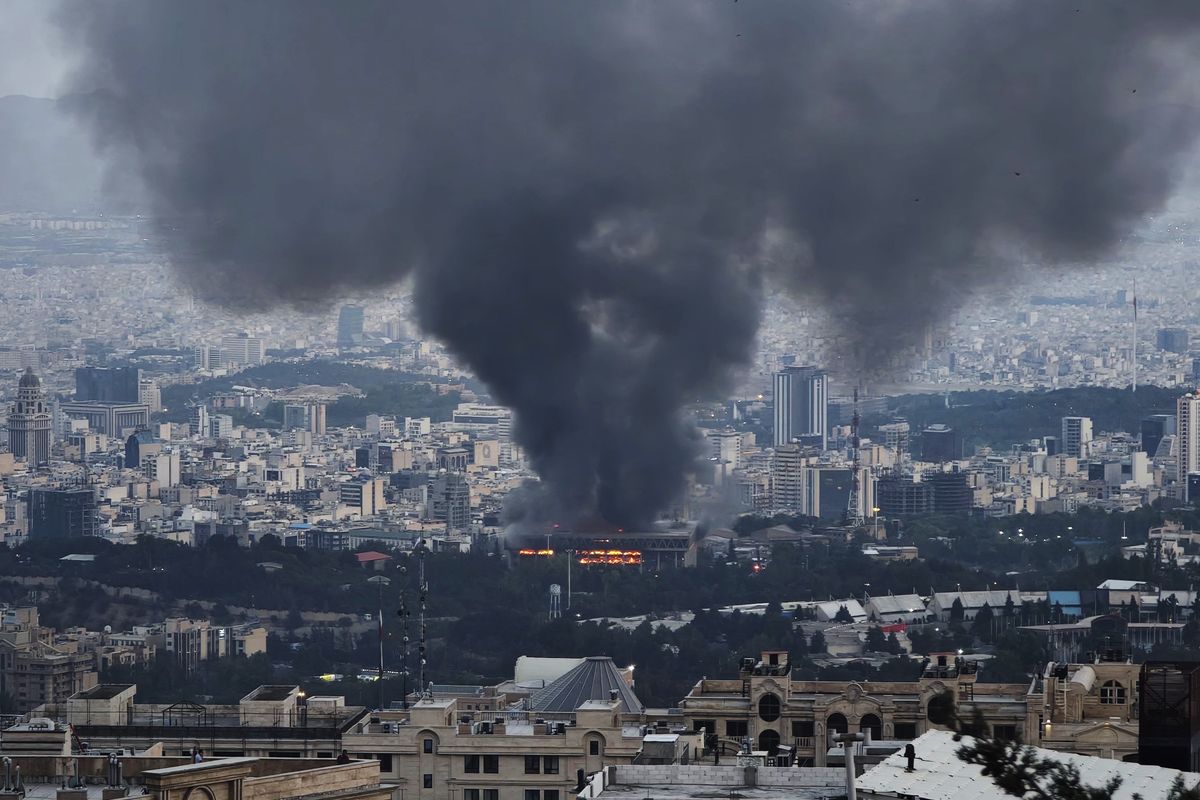Pulitzer Prize Winning Journalist Walter Pincus is a contributing senior national security columnist at The Cipher Brief. He spent forty years at The Washington Post, writing on topics from nuclear weapons to politics. He is the author of Blown to Hell: America’s Deadly Betrayal of the Marshall Islanders (releasing November 2021)
OPINION — A little-publicized part of the U.S. nuclear weapons program takes place more than 1,000 feet below ground in the U1a tunnel complex carved out of solid rock beneath the Nevada National Security Site (NNSS).
It is there, since the 1992 underground testing moratorium, that so-called subcritical experiments have taken place. Put simply, inside a steel container, a chemical high-explosive is detonated around a coin-like, small sample of plutonium [less than eight ounces] to simulate aspects of a nuclear explosion. No actual chain reaction or nuclear explosion occurs. But this contained detonation, with the assistance of computers, has helped scientists determine how plutonium behaves under the extreme pressures that do occur during detonation of a nuclear weapon.
The main purpose, up to now, of subcritical experiments has been to identify and decrease uncertainties in the performance of currently deployed U.S. nuclear weapons, at a time when actual testing is not being done.
Between 1992 and 2012, the U.S. carried out some 27 subcritical tests, according to the National Nuclear Security Administration.
Beginning in 2014, scientists at Los Alamos National Laboratory (LANL) and Lawrence Livermore National Laboratory (LLNL) - who must certify annually the viability of deployed nuclear weapons - jointly identified a capability gap existed in understanding changes that could be taking place in plutonium that are key in triggering thermonuclear weapons. In 2016, the JASON Defense Advisory Group, another team of key scientific advisors, confirmed, “A gap exists in the current U.S. capability to carry out and diagnose such [subcritical] experiments.”
The JASON Group concluded that more powerful “X-ray radiography is needed to diagnose subcritical experiments in Pu [plutonium]; that such experiments must be carried out at U1a [the NNSS underground tunnel complex]; and that the U.S. currently lacks adequate radiography at U1a for this purpose.”
Thus was born a program called Enhanced Capabilities for Subcritical Experiments (ECSE), which will allow study of plutonium in more detail under the conditions found inside the final stages of a nuclear weapon implosion through future subcritical experiments. When completed in 2025, the ESCE will consist of the new Scorpius accelerator that will produce the X rays and photons that will capture images of what is occurring during the implosions. Scorpius will be “the most capable weapons radiographic system in the world,” according to a National Nuclear Security Administration press release.
In 2019, LANL Senior Director Dave Funk told a group, “By adding world-class diagnostics to the U1a facility in Nevada –the only place in the nation where we can couple plutonium with high explosives –we close an important capability gap.”
Last year, during an interview with Physics Today, Los Alamos National Laboratory Director Thomas Mason compared how ECSE would work to how aircraft manufacturers develop a new plane. “We can’t fly the aircraft, but we can put the model in the wind tunnel,” Moore said, then describing the subcritical experiments’ contained explosions carried out down in NNSS’s U1a complex.
Constructing a new billion-dollar-plus, underground ECSE experimental weapons test facility requires expanding NNSS’s U1a tunnel complex, which has been a difficult project. It requires new diagnostic clean rooms, control rooms and office/work spaces. Fire detection and alarm systems will be installed throughout the ESCE area, along with fire suppression equipment in selected areas.
A new mined space called a “zero room,” will be required where the six-foot containment vessels will allow reuse of the room for future experiments.
Also in construction as part of the new ECSE underground laboratory, is another new capability, the Neutron Diagnosed Subcritical Experiments (NDSE). The real nuclear trigger of a thermonuclear weapon is the plutonium pit. The NDSE would test the quality of the plutonium pit, “except this pit would be modified: it would generate more neutrons than in a typical subcritical experiment, but still not enough to go critical [and cause a nuclear explosion],” according to a 2014 LANL article. “The pit’s ability to generate neutrons at the subcritical level would be measured and the result extrapolated to infer how the pit, if not modified, would perform,” the LANL article said.
The Cipher Brief hosts private briefings with the world’s most experienced national and global security experts. Become a member today.
NDSE will help answer questions about whether plutonium pits – aged ones on deployed weapons or in the stockpile, as well as newer ones manufactured using new processes — will “be good enough to trigger a nuclear explosion that meets military requirements,” according to the LAN article. The ability to reuse stockpiled plutonium pits from retired nuclear weapons would limit future pit needs, which today, requires the construction of multi-billion-dollar facilities at both LANL and the South Carolina NNSA facility at Savannah River.
The Biden Administration’s fiscal 2022 budget that is now before Congress, contains $351 million for the ECSE program — $216 million in the science area, mostly for equipment, and $135 million for construction in the U1a tunnel complex.
The funds are justified in part to make certain to meet the fiscal 2025 completion date for ECSE, so as “to meet the W80-4 design validation experiment [for use in the long-range stand-off cruise missile] as well as W87-1 program requirements [for the new ground-based strategic deterrent land-based ICBM] for system certification with a subcritical experiment in 2026,” according to material sent to Congress.
Programs such as ECSE and NDSE support “the development of new materials, technologies, and processes to evolve our nuclear systems and production complex,” NNSA told Congress. “This is accomplished through warhead component and production technology development and maturation needed for on-going, planned, and future warhead modernization programs. It also reinvigorates and develops the future generation of the highly-trained technical and specialized workforce by experimental and computational programs along with academic institutions.”
In justifying the 2022 money request, the NNSA told Congress that it “places a high priority on developing ECSE.” However, it must be remembered, as with much of the fiscal 2022 requests in the nuclear weapons area, they are Trump administration programs that are being temporarily continued. The Trump program included a new nuclear warhead for a sub-launched cruise missile and the W-93, a new warhead for Navy’s sub-launched ICBM.
Biden’s 2021 Nuclear Posture Review is just getting underway and has as a guiding principle, “to reduce the role of nuclear weapons in national security policy.” Given that approach, changes in current Trump administration nuclear policies are expected, but not until late fall, or even in January 2022, when Biden’s fiscal 2023 budget will be sent to Congress.
Read more expert-driven national security insights, perspective and analysis in The Cipher Brief



